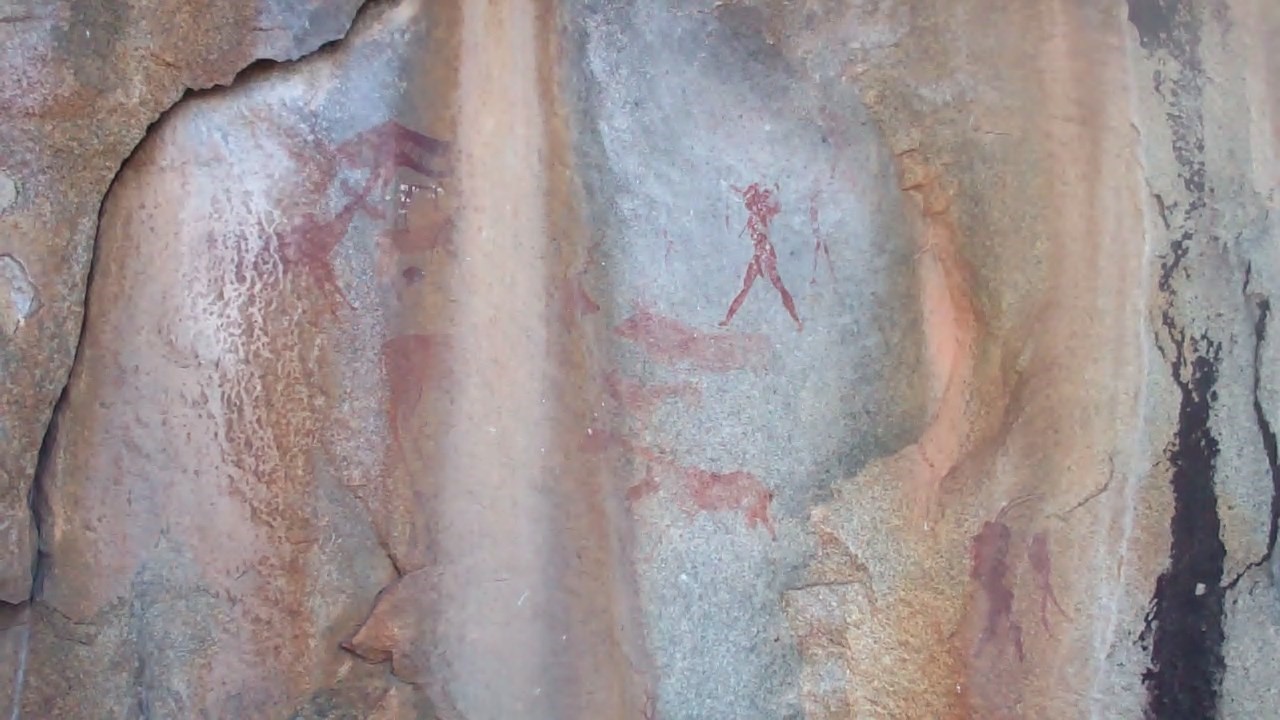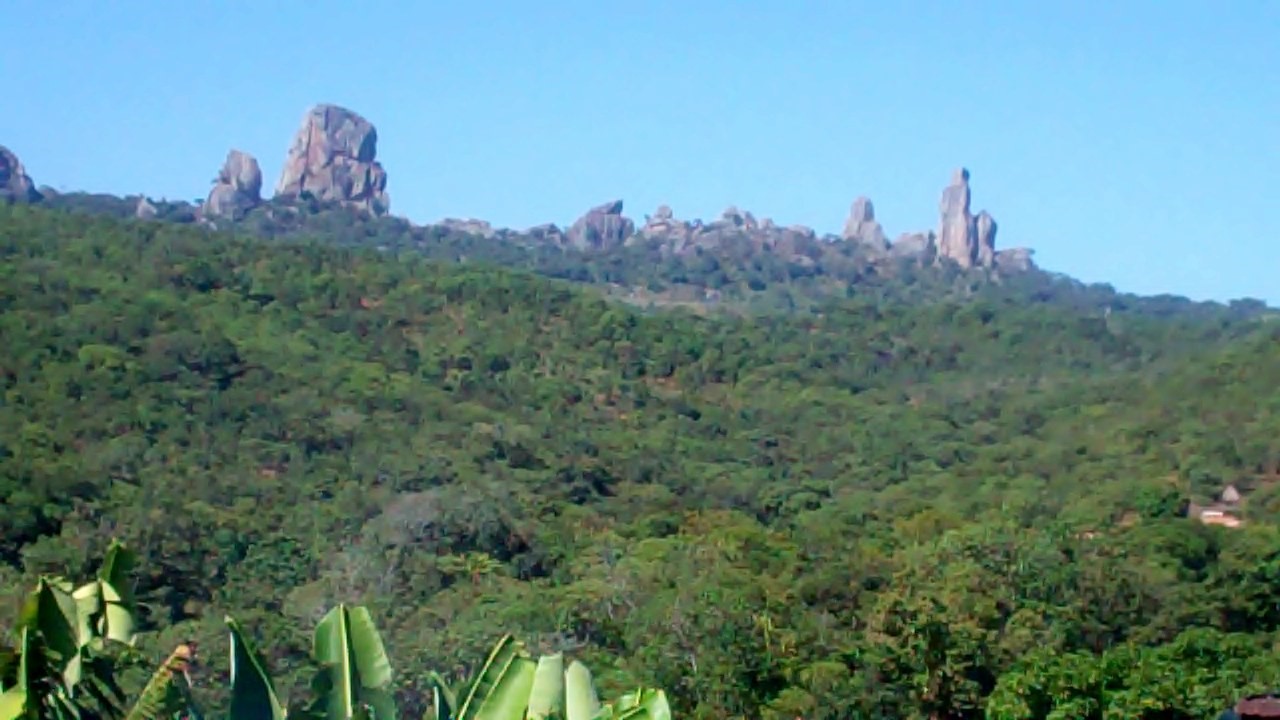A more operational definition of Social Tourism, as envisaged by Fortune Development Centre, refers to programmes, events, and activities that will enable local community groups particularly youth, families, retirees, individuals with modest incomes, and individuals with restricted physical capacity to enjoy tourism, while also attending to the quality of relations between visitors and host local communities.
There is need for clarity on a conceptual level so as not to hamper its practical implementation. The approach is to ask the visitor to bring a sleeping bag and bathing necessities while the hosting family provides decent accommodation, clean toilet and a bathing enclosure. While this will provide the visitor with a life time experience of local hospitality, the objective of this thrust is three fold:

A philanthropist donated US$500 towards the purchase of a tourist Minibus.
Fortune Development Centre is appealing for some more funding for the purchase of a similar model (Nissan Caravan US$6,500) as in the above picture.
Read More
During the 1970s war of liberation when African nationalists took up arms against the racist Rhodesian regime, a protracted battle was fought in Hwahwazira in mid November 1976 between the freedom fighters and the Rhodesian forces that lasted from six in the morning to six in the evening. The Mozambican border is long and was easily open for infiltration by the Zimbabwe African National Liberation Army (ZANLA).
Driving from the Chikuhwa Residence, towards Mutare through the Jombe road, one comes to Mutsamba Village where there is a 15-hactre sanctuary with balancing rocks and rock paintings. Discovered in August 2017 by Fortune Development Centre, these rock paintings in the Honde Gorge Nature Reserve, first appear a little before 30,000 BC according to historical records on rock paintings in general. Unlike the rock paintings of France and Spain, which are hidden deep in caves, Zimbabwe’s rock art is usually found on the exposed granite faces of kopjes, often barely sheltered from wind, sun or rain. Many of the granite caves and rock shelters found throughout the country were also like galleries, as the paintings are situated at the entrance of living sites.
Read More
The Mutsamba Village in Ward 10 is home to some impressive rock paintings. The ancient artists painted almost exclusively on granite surfaces. These can also be found in the Matobo Hills, Domboshawa, Epworth, Glen Nora B, Makumbe, Murewa, etc. The entire range of subjects of both painted and engraved cave art falls into two main categories: the animal and the symbol. The human figure is a third category, but is rare and usually stylised. In the case of the animals, the primary objective always seems to have been to show the most easily recognisable view, i.e. the lateral outline. True perspective, in the modern or renaissance sense, was never employed.
The Mutsamba rock paintings has now been considered as a major Geo-park development project. It is Fortune Development Centre’s objective to bring in investors/donors to develop and upgrade this 15-hactres piece of land that stands by the Honde River Gorge.
Read More
The Balancing Rocks are geomorphological features of igneous rocks found in many parts of Zimbabwe, and are particularly noteworthy in Matobo National Park and near the township of Epworth to the southeast of Harare. The formations are of natural occurrence in a perfectly balanced state without other support.
Read More
From the top of the balancing rocks, this aerial scene offers sweeping and majestic views of the Honde River as it skirts the foothills of Honde Valley eastbound into Pungwe River. It is also known for its views of the Mutarazi Falls, Mahwemasimike and Nyanga Mountain in the north.
Read More
The spectacular falls are made up of Muchururu (left) and Mutarazi (right). The Mutarazi Falls itself drops some 762 metres into Honde River that, in turn, flows into Pungwe River on its way to the Mozambican coast of the Indian Ocean. It is the second highest in Africa with Tugela Falls (948 metres) in Kwazulu Natal being the highest on the continent.
Read Moreskywalkn.jpg)
A Sky Walk and Zip Line between the two falls take in the spectacular view of Honde Valley panorama while walking along the 1.2-metre-wide platform a dizzying 762 metres up! A full body harness and overhead safety lines keep you safe as you slide the edge of Sky Walk.
Read More
Legend has it that a Rozvi King from Masvingo, some 500km in the south, sent an army in the 1770s or there about to come and dig one of these rock outcrops so that it could be carried away to the citadel of Great Zimbabwe to be made into a throne. This was a feat they couldn’t achieve, but left rubble all over the place.
To add to this tourist attraction, Fortune Development Centre has discovered some rock paintings in the area just adjacent to the rock outcrops.
Read More.jpg)
Honde Valley’s tea Estates are just part of the broader and diversified habitats that make the whole area ideal for tourist activities such as birding. The Estate has two perennial rivers flowing through it; the Pungwe and Nyan’ombe rivers. These rivers provide water for hydro electricity generation and for irrigation of the tea plantations. Other more adventurous activities include mountain hiking, white water rafting, canoeing, and a very unique tree canopy tour with Far and Wide where you can zip down cables from platform to platform and have a wonderful birding experience high in the giant Forest Newtonia trees.
Read More
The Ziwa Culture is an early Iron Age culture, or industry, named after a site on the slopes of Mount Ziwa, a 1,745 meter high mountain in the Nyanga District. Many sites are concentrated by the headwaters of the Mazowe and its tributaries and Ziwa pottery has also been discovered in caves and ancient workings. Ziwa ware has been found as far west as Arcturus and also occurs in northern Mashonaland, as far north as the Zambezi escarpment.
The earliest radiocarbon date for Ziwa sites is about AD 300. Other radiocarbon dates show that Ziwa ware was still being made at the beginning of the second millennium, i.e. AD 1010. Most of the sites appear to have been abandoned by the early nineteenth century, perhaps in response to the Mfecane invasions. It appears the Gokomere (in Masvingo) and Ziwa peoples were broadly contemporary with each other, and, judging from their pottery, were of common origin.
Read More